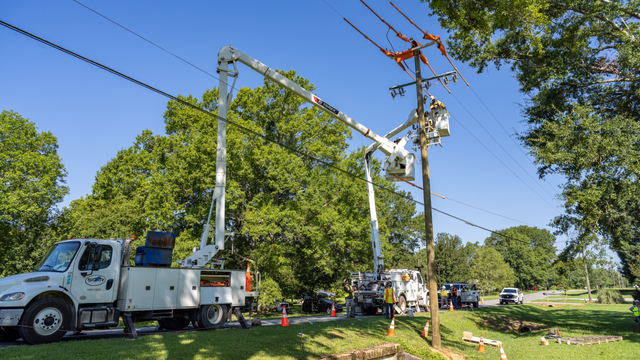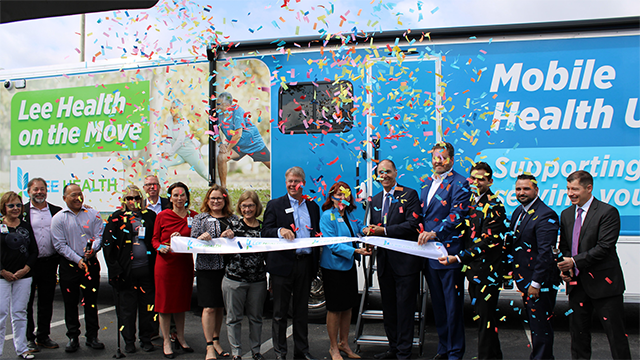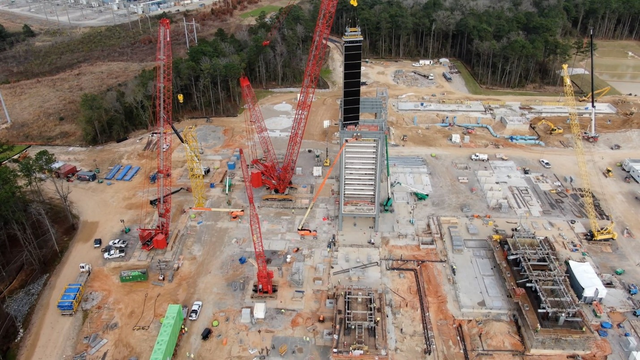Against the backdrop of climate change and constantly evolving technologies, it’s fair to wonder what tomorrow’s power generation mix will look like.
A decade or two from now, how much wind and solar will be added? How much advanced nuclear will come to fruition? How much fossil gas will be paired with carbon capture, and how much storage – central or distributed – will be made available?
One thing is clear: Additional electrons need to flow over an increasingly constrained grid. A key element to solving these constraints is expanding transmission to a size and scale that allows for renewable power integration. Transmission can also mitigate energy production issues inherent in intermittent power sources.
This expanded grid is estimated to grow two to three times larger by mid-century in response to the need to electrify multiple energy sectors – transportation, home heating and manufacturing – that are currently reliant on fossil fuels. According to the U.S. Energy Information Administration, just 40 percent of today’s electricity production is from non-emitting sources (20 percent from renewable energy and 20 percent from nuclear energy), which illustrates the amount of carbon-free energy needed to fully decarbonize the electricity sector. But a commitment to renewable generation implies overbuilding to address intermittencies of low wind or sunlight (or rain events), with an unavoidable surplus at other times.
Some of the new generation will be located at old fossil generator sites, using the old connections. Wind and sun are fundamentally different from the generation they are displacing; obviously grid managers can’t start them up on order as they can with fossil generators, and planners can’t choose to locate them in places most helpful to the grid’s topography. Their fuel can’t be delivered by freight car or pipeline, and their facilities must be located where their resources are – and where land is available.
The Capacity Conundrum
Capacity is essential in an electric system but not always understood. Electrical energy consumption is measured in kilowatt-hours (kWh) – the quantity that household electric meters measure for billing purposes. A system that makes enough kWh to run all the air conditioners or space heaters over the course of a year is important, but it won’t work if it lacks the capacity to do so at peak hours.
Wind and solar are notable for having low-capacity factors, meaning their actual production is small relative to what they would make in optimal conditions (favorable wind/solar conditions). For solar, PV Magazine reports it’s generally 12 to 35 percent, with a median of 25.2 percent, depending on geography/climate. For onshore wind, the University of Michigan estimates that capacity factors range from 26 to 52 percent.
Connecting enough turbines or panels to make 1,000 megawatts (MW) of reliable capacity doesn’t mean going to one location and building an energy “farm” of that size; it requires investing in geographically diverse places, in far more remote locations than where many utilities built fossil power plants.
More transmission in a system replete with intermittent renewables means reduced variation in generation through an averaging of wind and solar production over a broader area.
The capacity value of 300 MW of wind production aggregated from 10 geographically dispersed wind farms is higher than a stand-alone project’s output, as the wind conditions are likely to vary across a wide area. This contrasts with a single large farm with an output which could be 300 MW – or 0 MW – depending on the wind conditions at the wind farm installation.
A larger grid would reduce the “curtailment” of renewables, which occurs when there is more production than a local transmission-constrained area can consume, and the wind turbine or solar panel has to be disconnected – a financial tragedy because wind and solar have no fuel cost. It’s also problematic when working towards state clean-energy mandates; there are multiple examples where renewable energy projects are built and connected to the grid but not able to realize the envisioned energy output (which would apply towards the state quotas) because the energy can’t get to market.
With better transmission, those capital-intensive assets can serve larger consumer markets, which are then able to absorb more energy. A side benefit is improved reliability, given that a hurricane or flood that sidelined some generators wouldn’t necessarily mean the lights would go out in that region, as power could be imported from distant generators that are unaffected by the event. Transmission can also mitigate the extreme price swings that often accompany abnormal temperature events (cold snaps or heat waves) that drive demand (and prices) in local markets.
Initially, cities established their electricity systems much like subway lines, to serve their local communities. Over time, these local grids have evolved into regional grids interlinked to one another to improve reliability, reduce far-reaching outages, and share capacity. Historically, much of the generation was sited near the point of consumption due to the relative ease of moving fuel to the generation plant.
But decarbonization is increasingly challenging this paradigm. The value of transmission in meeting broader corporate and societal goals needs to be re-evaluated, to ensure electricity can continue to be delivered, securely and reliably.
Continue with Part II: Making Tomorrow’s Electric Transmission More Resilient Requires ‘Current’ Planning, published here.





